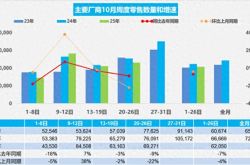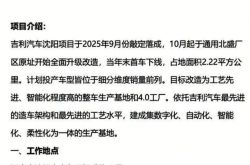Revenue of 365.9 Billion! Xiaomi Group Unveils Its "Renaissance" Era
![]() 04/03 2025
04/03 2025
![]() 515
515
Unsurprisingly, Xiaomi has once again delivered an impressive "report card".
Its 2024 financial report reveals that Xiaomi Group's total annual revenue reached 365.9 billion yuan, marking a 35% year-on-year increase. Adjusted net profit stood at 27.2 billion yuan, surging 41.3% year-on-year.
Notably, Xiaomi's fourth-quarter performance was even more stellar, with single-quarter revenue hitting 109 billion yuan, surpassing the 100 billion yuan mark for the first time, and registering a significant 48.8% year-on-year growth. Adjusted net profit for the quarter was 8.3 billion yuan, soaring 69.4% year-on-year.
This financial report underscores Xiaomi's "explosive" performance, underpinned by a three-pronged leap in its core businesses:
Smartphones: Annual shipments reached 169 million units, securing a 13.8% global market share, ranking among the top three globally for 18 consecutive quarters.
Smart Cars: The automotive business generated an annual revenue of 32.8 billion yuan, with the fourth-quarter gross margin climbing to 20.4% and losses narrowing to 6.2 billion yuan.
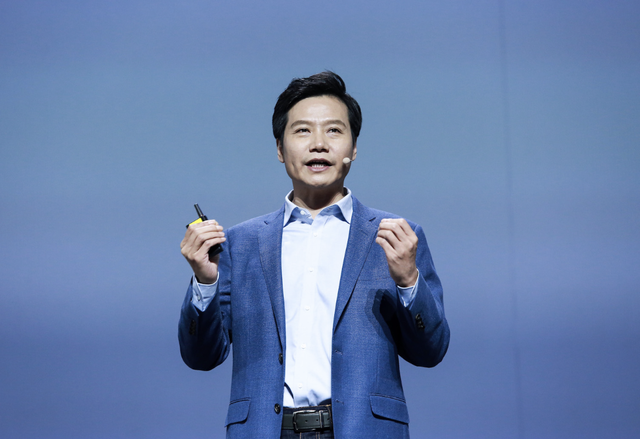
IoT and Consumer Products: Business revenue totaled 104.1 billion yuan, surpassing the 10 billion yuan mark for the first time, with a 30% year-on-year increase and a gross margin rise to 20.3%.
While Xiaomi's financial report is commendable, the market appears to have already priced in these results, as evidenced by the stock price trend. On the second day after the report's disclosure, Xiaomi Group's stock price surged initially but then retreated, closing with a modest increase of 0.95%.
Despite the muted post-disclosure performance, Xiaomi's achievements cannot be overlooked. In recent months, Xiaomi has shone as the "brightest star" among Chinese stocks listed in the US, with its stock price surging nearly 50% in 2025 alone, pushing its market capitalization beyond 1.3 trillion Hong Kong dollars.
Unveiling the "Renaissance" Era
Currently, Xiaomi has successfully embarked on its "Renaissance" era.
The cornerstone of this transformation is undoubtedly the burgeoning smart car business.
As a core business segment, Xiaomi's smart car division has delivered remarkable results. Data indicates that Xiaomi's first-year delivery volume reached 136,800 units, exceeding the original target by 36.8%. Its high-end SU7 Ultra, priced at nearly 530,000 yuan, secured over 10,000 orders within three days of its launch, achieving the annual sales target ahead of schedule.
With deliveries gradually ramping up, Xiaomi's smart car business generated an annual revenue of 32.8 billion yuan. The gross margin in the fourth quarter climbed to 20.4%, while losses narrowed to 6.2 billion yuan, positioning the automotive business as a stable "second growth curve".
Beyond contributing to Xiaomi's financial performance, the smart car business plays a pivotal role in enhancing Xiaomi's brand image, facilitating its high-end transformation, and generating a ripple effect across other businesses.
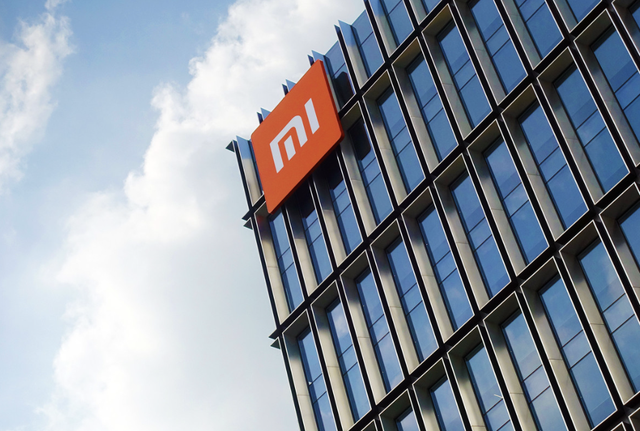
Take the mobile phone business as an example. Xiaomi shipped 169 million smartphones in 2024, marking a 15.7% year-on-year increase. Annual revenue reached 191.8 billion yuan, up 21.8% year-on-year.
While Xiaomi's mobile phone growth rate may not be as high as other businesses, according to Canalys data, Xiaomi's global smartphone market share stood at 13.8% in 2024, ranking among the top three globally for 18 consecutive quarters. Notably, Xiaomi was the only brand among the top three to achieve positive growth in 2024, demonstrating its resilience in a declining market environment.
Apart from stabilizing its market share and achieving counter-trend growth, Xiaomi's mobile phones have also undergone significant pricing changes.
Media statistics reveal that the average selling price of Xiaomi smartphones increased from 997.0 yuan in the third quarter of 2023 to 1102.2 yuan in the third quarter of 2024, marking a 10.6% year-on-year jump. This year, Xiaomi's flagship model, Xiaomi 15, witnessed a price increase of 200 to 300 yuan, with the starting price rising by 500 yuan. According to third-party data, Xiaomi's high-end smartphone shipments (above 3000 yuan) in China accounted for 20.1% of overall smartphone shipments, a notable 7.9% year-on-year increase.
From a demographic perspective, the "boom" in the smart car business has helped Xiaomi tap into a vast pool of female users, diversifying its user base.
According to Lei Jun's live broadcast, nearly half of the current Xiaomi SU7 owners are female users, many of whom also use iPhone and Xiaomi products. Among Xiaomi SU7 owners, iPhone users account for 56%. Additionally, supply chain sources report that the stock of Xiaomi's first small foldable smartphone, the MIX Flip, has been increased by approximately 42%, reaching around 500,000 units. Xiaomi executives disclosed that demand has consistently outstripped supply since the launch of the small foldable, with 55% of users being female and 32% coming from iPhone users switching devices.
Overall, the smart car business has contributed to Xiaomi's revenue, user base, brand image, and other dimensions, fostering all-round improvements. Judging by the stock price, the smart car business is also instrumental in Xiaomi reaching a market capitalization of 1.3 trillion Hong Kong dollars. Since Xiaomi's smart car was launched in March 2024, Xiaomi's stock price has surged over 300%.
The Challenges of Going Global
It is undeniable that Xiaomi is currently on a roll.
However, the capital market appears to have anticipated these developments, as evidenced by the stock price reaction. On the second day after the financial report's disclosure, Xiaomi Group's stock price surged initially but then retreated, closing with a modest increase of 0.95%.
Since late February, Xiaomi's stock price has fluctuated between 49 and 56 Hong Kong dollars, with a market capitalization hovering around 1.3 trillion Hong Kong dollars.
To further boost its stock price, Xiaomi must look beyond its current three core businesses and explore new narratives.
Perhaps recognizing this, Lu Weibing revealed during a previous global conference that Xiaomi's high-end push has entered a new phase. Mobile phones, cars, and AIoT businesses are accelerating their overseas expansion, with large household appliances set to officially launch overseas. Clearly, Xiaomi is banking on its overseas expansion to unearth new growth opportunities.
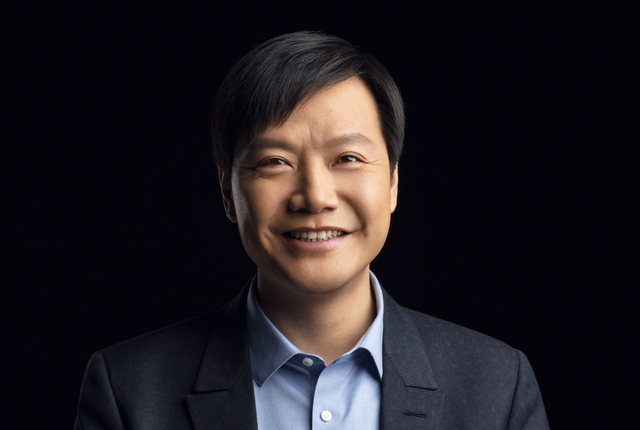
Currently, Xiaomi's large household appliances have embarked on their overseas journey. Lu Weibing previously stated that Xiaomi's air conditioners, refrigerators, and washing machines have already been launched for sale in Southeast Asia this year. "Sales of air conditioners are currently very strong. The Southeast Asian market is dominated by Japanese brands, but they mainly offer older models like 0.5 and 1 horsepower. Our 1 and 1.5 horsepower inverter air conditioners are completely dominant." For the burgeoning smart car business, overseas expansion is scheduled for 2027, two years from now.
While Xiaomi's mobile phone business has already established a certain level of international recognition and influence, successfully expanding overseas remains a formidable challenge.
Taking the mobile phone business as an example, although Xiaomi phones hold a significant market share globally, their core strategy still revolves around cost-effectiveness, with high-end breakthroughs lagging behind.
Xiaomi's focus on cost-effectiveness overseas is tied to different sales models. In European and American markets, the mainstream purchasing method for mobile phones is through operator-led contract models. In the North American market, for instance, by signing a two-year monthly tariff package with a slight premium, consumers can "get for free" previous-generation iPhone or Samsung Galaxy models during promotional periods. Even if domestic brands are priced 100-200 dollars cheaper, it is difficult to compete with nearly "free" Apple and Samsung products.
Previously, Xiaomi stated in a conference call regarding its financial report that in overseas markets, it will prioritize Europe, Southeast Asia, the Middle East, Latin America, and Africa. While promoting high-end products in these markets may encounter pressure, Xiaomi will continue to explore its feasibility. It is evident that succeeding in overseas expansion is far from straightforward.


